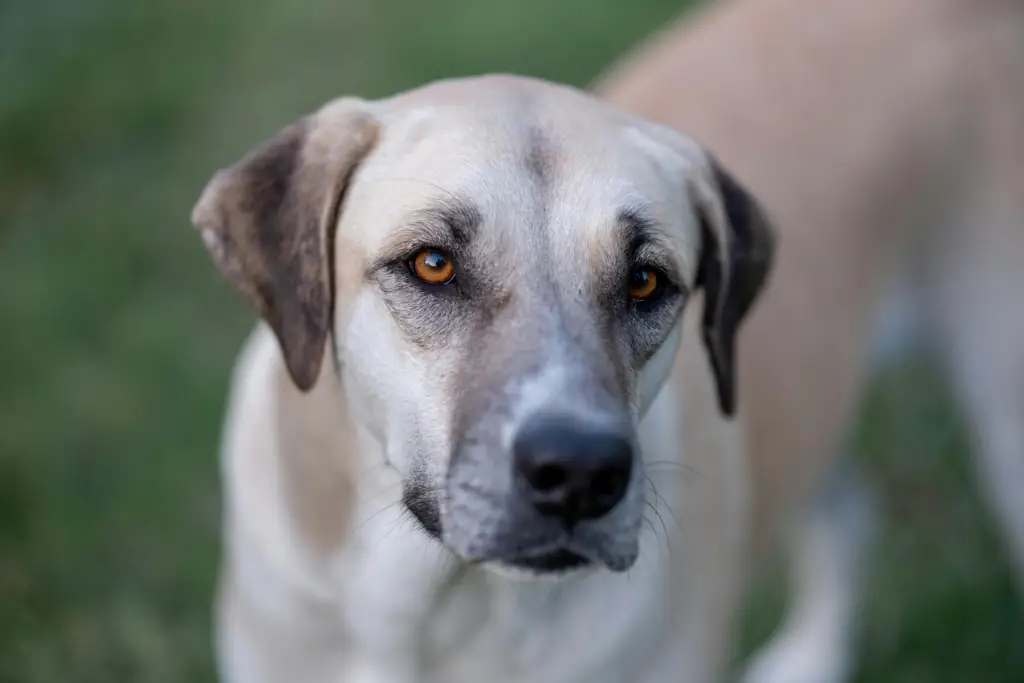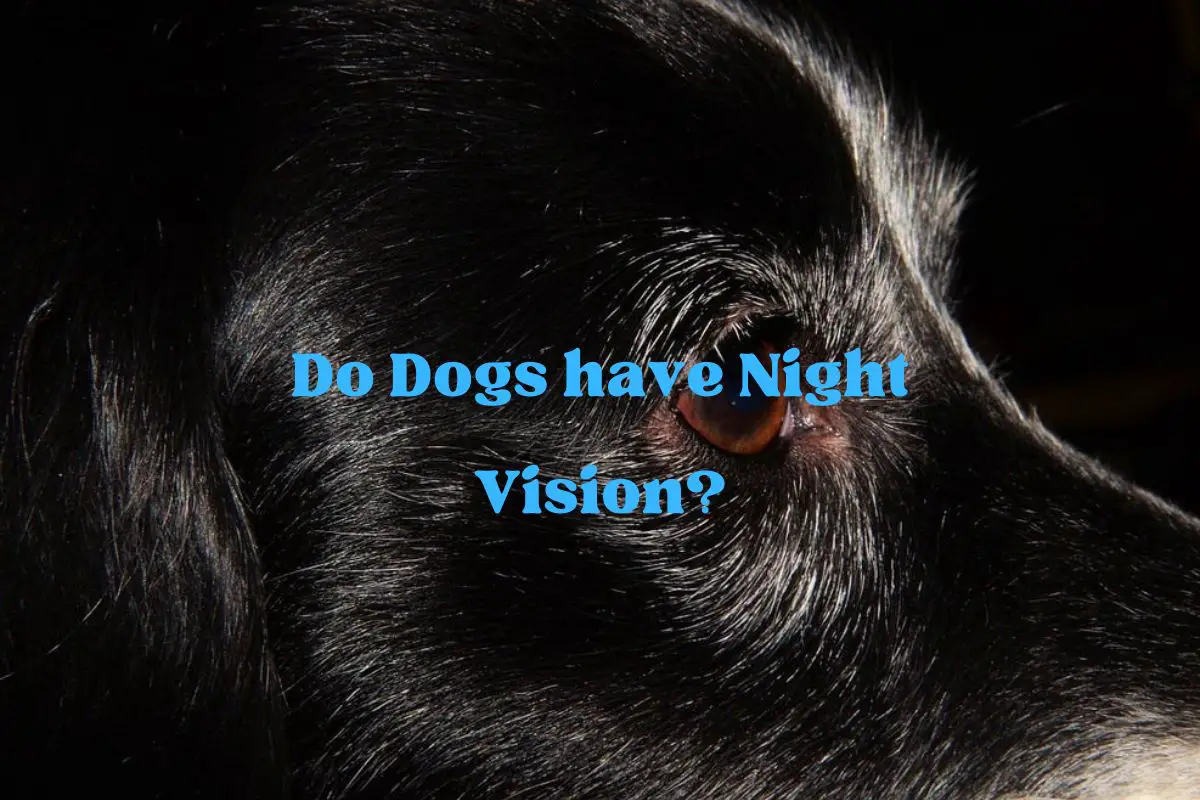The question, “Can dogs see in the dark?” has always been of keen interest to dog owners around the world. The answer is quite enlightening — dogs can, indeed, see in low-light conditions or what humans would perceive as dark. The eyes of our four-legged friends are specially designed to excel in dimly lit environments, which is why an evening stroll doesn’t seem to bother them much. However, this doesn’t mean they can see in total darkness, as that would be a misconception.
A Peek into Canine Eyes

Dogs are often highly adept at spotting movement, even in low-light conditions. This correlates with the structure of their eyes and, particularly, their retina. Dogs’ eyes contain a larger amount of rod photoreceptors — light-sensitive cells that are crucial for night vision. These rods are responsible for detecting movement, so a dog needs only the faintest hint of motion to spot something, especially in conditions of low light.
Another component that significantly contributes to a dog’s low-light seeing capacity is the tapetum lucidum, a structure residing in the vascular layer of the eye, referred to as the choroid. This tapetum acts like a mirror, reflecting light and images back to the rods and cones in the retina, amplifying the light available and thus, enhancing the visual inputs.
However, “night vision” when referring to a canine’s eyesight isn’t exactly accurate. While dogs have a better vision than humans in low-light conditions, they are unable to see in pitch black or complete darkness.
The Difference in Canine and Human Eyes

While the structural foundation of dog and human eyes shares similarities, the devil is in the details—or in this case, the rods and cones. Dogs boast a higher count of rod photoreceptors conducive to low-light visibility but lag in cones, which means their color perception is limited compared to the trichromatic (three cones) vision of humans. This difference suggests that dogs have a version of what might be termed dichromatic color blindness, with an emphasis on detecting movement over discerning intricate details or an extensive range of colors.
Visual acuity is another area where dogs and humans diverge. Average human vision is pegged at 20/20, allowing for clear detail recognition at 20 feet. Dogs, by comparison, have estimated visual acuity closer to 20/75, meaning what a human can see clearly at 75 feet, a dog would need to be within 20 feet to view with the same clarity. However, their broader field of vision—up to 250 degrees compared to humans’ 190 degrees—coupled with a heightened ability to see in diminished light, compensates for this discrepancy.
Dogs in the Dark
The refractive quality of a dog’s eye that causes seemingly magical ‘glow in the dark’ effect is due to the tapetum lucidum. The phenomenon, often referred to as “eyeshine”, is the activation of the rod receptors in order for the eye to see better in the dark.
While dogs’ night vision is typically superior to humans, it’s important to note that certain breed-specific traits or a dog’s age may affect their ability to see in the dark. However, for most dogs, navigating a dimly lit environment is no big challenge.
In Conclusion
While dogs do not have night vision in the same sense as night-vision equipment, their eyes are indeed specially adapted to make the most of low-light situations. Understanding these amazing capabilities of our canine companions not only deepens our appreciation for them but can also help us provide a safer, more enriched environment that caters specifically to their unique perception of the world.

